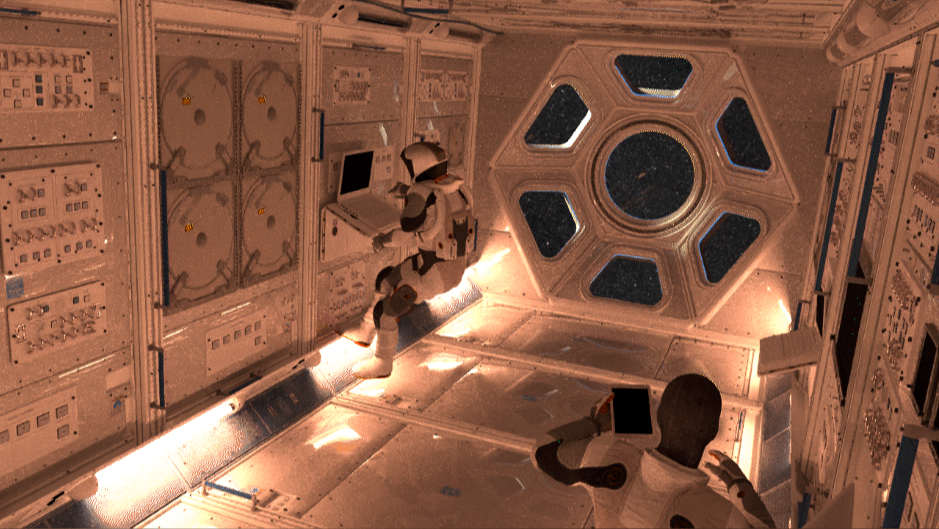Duration: 24 months
People living in extreme environments —such as the International Space Station or Dome C in Antarctica — face significant physiological, psychological, and psychosocial stressors, along with human factors and habitability challenges [1]. Astronauts on current or future long duration space missions can face even greater challenges due to increased isolation, confinement [2][9]. Digital assistants have been explored to mitigate workload and emotional distress [11][12], but research in Human-Autonomy Teaming highlights trust issues with assistants that mimic human behavior - sometimes increasing stress rather than reducing it [3][4]. This presents a research gap [10][28].
Therefore, this project explores Ambient Intelligence (AmI) as a novel approach to the research question: “How should ambient intelligent habitats be designed to enhance crew functioning in extreme environments?” [26]. By integrating research on space psychology, automation, and UX design, this study shifts from assigning human-like roles to digital assistants towards reframing their function within the environment – by designing an intelligent habitat system that adapts to the crew’s context (e.g., Smart Homes) [5]. The goal is to develop a prototype system, that senses environmental and biometric data, “thinks” based on reinforcement learning models, and autonomously adapts the devices in the environment to support crew functioning. This approach should enhance work effectiveness, leisure engagement, and training outcomes, while the stimulation of social interaction will improve team resilience and stress management [6][7][8][9][10]. The prototype will be tested in a realistic habitat setting (e.g., the FLEXHab at LUNA, Cologne) through qualitative user tests. As autonomy requirements grow for lunar and Mars missions, this novel approach redefines space habitats—not as static obstacles, but as intelligent countermeasures that actively support mission success.

